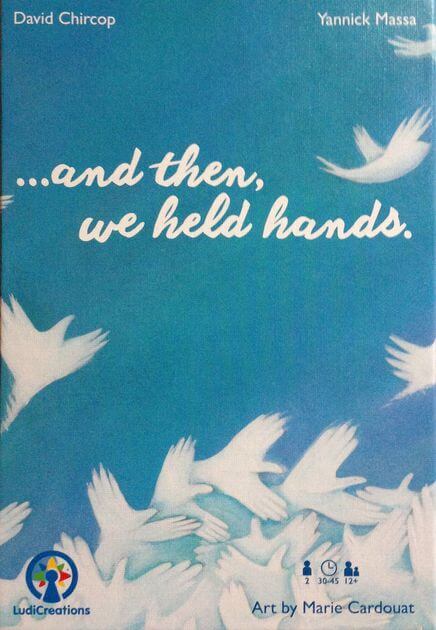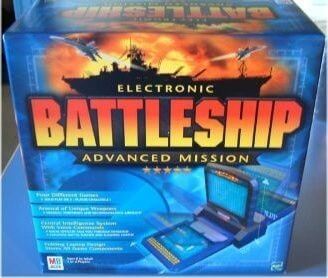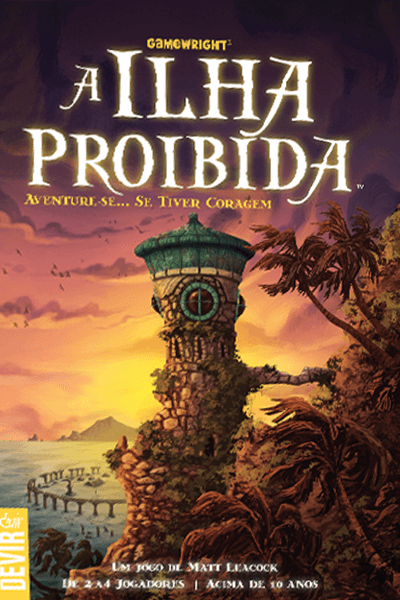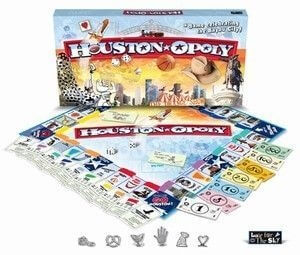
...and then, we held hands.
"... and then, we hold hands." is a collaborative game that explores the emotional connection between players. The main objective is for both to reach a central point on the board, coming together in balance and understanding. During the game, participants alternate turns with the mission of fulfilling emotional goals, discarding cards that represent their feelings in order to move their pieces. Verbal communication is restricted, forcing players to tune in to each other's actions and needs, making each decision even more meaningful. Players have the option of using their own cards or those of their partner; however, it is crucial to be careful, as a move that blocks the other's movement results in the immediate loss of the game. As they move, their sense of balance is constantly challenged, and new cards cannot be drawn, adding to the tension and strategy. The dynamics of the game are enriched by the tapering mechanic, where changing perspective reveals new possibilities, stimulating creativity and empathy. Triumph comes when both players are in the center, in harmony and with a strategic difference that requires attention and collaboration, making each victory special. With charming illustrations by French artist Marie Cardouat, known for her work on affectionate and visually striking games, "... and then, we hold hands." becomes an experience that is not only playful, but also emotionally rich, ideal for those looking to strengthen bonds through play.Artists: Marie Cardouat; David Chircop
Designers: David Chircop; Yannick Massa
Date: 2015
Note: 6.3
Mechanics: Component Layers, Limited Communication, Cooperative, Merge and Spread, Hand Management, Point-to-point movement
Table of Contents
- How to Play
- Tips for playing
- Game mechanics
- Game components
- Additional Information
OBJECTIVE OF THE GAME
Tips for playing
Here are some tips for doing better in the game ...and then, we held hands.:
- Communicate well with your partner, even if you can't discuss the game openly.
- Observe the emotions of the two characters and plan your actions accordingly.
- Adjust your strategy according to the emotional cards available in your hand.
- Focus on balancing the character's emotions to advance the objectives.
- Plan your moves in advance to avoid moves that block your partner.
- Remember that the goal is collaboration, not competition.
- Always try to maintain a balanced emotional state on both players' boards.
- Use emotions that are more difficult to manipulate at the beginning to make the game easier later on.
Video about the game
GAME mechanics
- Hand Management - In "...and then, we held hands.", players manage their cards to align their emotions with the objectives of the game. It's crucial to plan which cards to use so as not to block future moves.
- Cooperative - Players must work together to resolve emotional conflicts and achieve balance, without direct verbal communication, requiring careful interpretation of their partners' actions.
- Component Layers - The game uses a modular board with several layers of concentric circles representing different emotions. These layers offer multiple avenues for exploring and resolving feelings.
- Limited Communication - Interaction is restricted to actions on the board and discarding cards, encouraging players to silently understand each other's intentions without verbalizing strategies.
- Merge and Spread - Players deal with the fusion of emotions through cards, balancing opposing feelings. Each decision to play a card transforms and alters the current emotional state on the board.
- Point-to-Point Movement - Players move from one emotion point to another on the board, strategically navigating between positive and negative emotions to synchronize their perspectives and complete the game.
Game components
See all the items in the game below ...and then, we held hands.:
- Emotional interaction
- Scenario exploration
- Sensitive dialogues
- Connection between characters
- Decisions and consequences
- Immersive soundtrack
- Subtle animations
Additional Information
- Ludopedia link: https://ludopedia.com.br/jogo/-and-then-we-held-hands
- Link Tabletopia: https://tabletopia.com/games/and-then-we-held-hands
- Amazon Brazil link: Comprar ...and then, we held hands.
- Amazon USA link: Comprar ...and then, we held hands.


